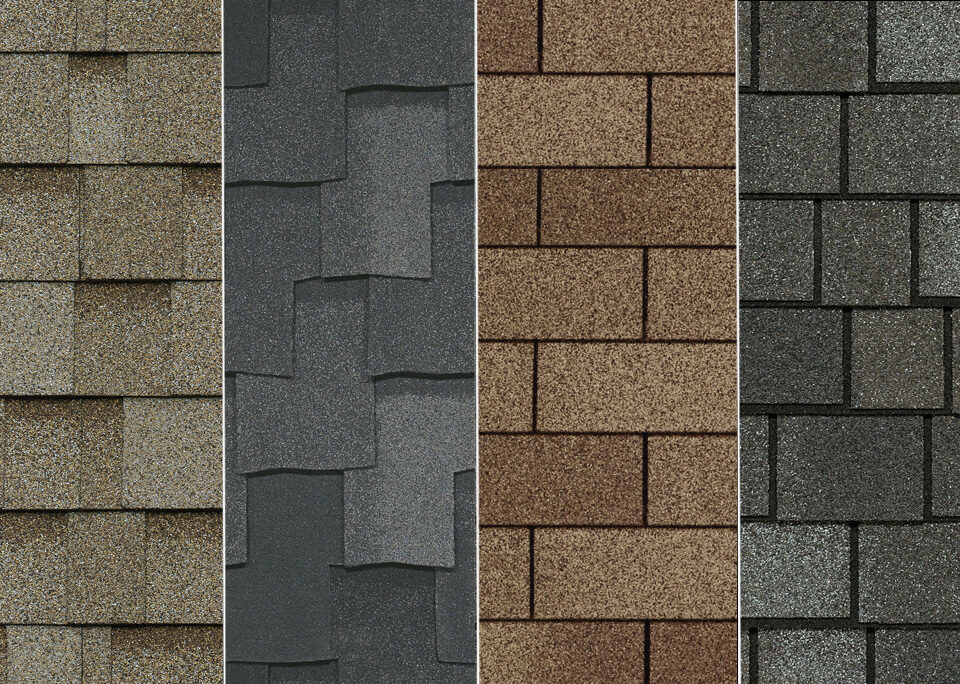
Top Warning Signs You Need a New Roof This Year
October 2, 2025
How Solar-Reflective Asphalt Shingles Can Reduce Energy Bills
October 2, 2025Your roof protects your home from rain, wind, snow, and extreme heat. But how do you know if it’s still in good condition? While professional roof inspections are recommended once or twice a year, you can also perform a DIY roof inspection to spot early signs of damage. This step-by-step guide will walk you through a safe and effective process to evaluate your roof and identify whether repairs—or even a full replacement—might be necessary.
Why Roof Inspections Matter
-
Prevent leaks and costly repairs by catching problems early.
-
Extend the lifespan of your roof with regular maintenance.
-
Improve energy efficiency by ensuring your roof insulation is intact.
-
Protect your investment—a well-maintained roof increases property value.
Safety First: Preparing for Your DIY Inspection
Before you start, remember that roof work can be dangerous. Follow these safety tips:
-
Use a sturdy ladder with stabilizers.
-
Wear rubber-soled shoes for grip.
-
Avoid inspecting during wet, windy, or icy conditions.
-
If uncomfortable with heights, stick to ground-level and attic inspections.
Step-by-Step DIY Roof Inspection
Step 1: Inspect from the Ground
Walk around your home and look for:
-
Missing or curling shingles
-
Uneven roof lines or sagging areas
-
Moss, algae, or dark streaks on the surface
-
Damaged or detached gutters and downspouts
Binoculars are useful for spotting details without climbing onto the roof.
Step 2: Check Gutters and Downspouts
-
Look for granules from asphalt shingles. Excessive granule loss means shingles are deteriorating.
-
Ensure gutters are clear of debris and securely attached.
Step 3: Examine the Roof Surface (if safe)
Carefully climb onto the roof if you’re confident it’s safe:
-
Look for cracked, loose, or missing shingles.
-
Inspect flashing around chimneys, skylights, and vents for cracks or rust.
-
Step gently and feel for spongy or soft spots, which indicate underlying rot.
Step 4: Inspect the Attic
Inside your attic, check for:
-
Water stains or damp insulation (a sign of leaks).
-
Daylight peeking through roof boards.
-
Mold or mildew growth, which indicates trapped moisture.
Step 5: Look for Interior Damage
Roof issues often show up inside the home first:
-
Brown ceiling stains
-
Bubbling or peeling paint
-
Persistent musty odors
When to Call a Professional
While DIY inspections are helpful, they don’t replace the expertise of a licensed roofing contractor. Call a professional if you find:
-
Widespread shingle damage
-
Major leaks or sagging areas
-
Extensive moss or mold growth
-
Signs your roof is past its lifespan
A roofing expert can provide a detailed assessment, recommend repairs, and advise whether a roof replacement is necessary.
Conclusion
A DIY roof inspection is a smart way for homeowners to catch small problems before they become big ones. By checking shingles, gutters, flashing, and your attic, you can extend the life of your roof and save on costly repairs. However, if your inspection reveals serious issues—or if you’re unsure of what you find—always consult a professional roofing contractor to ensure your home stays safe and protected.




